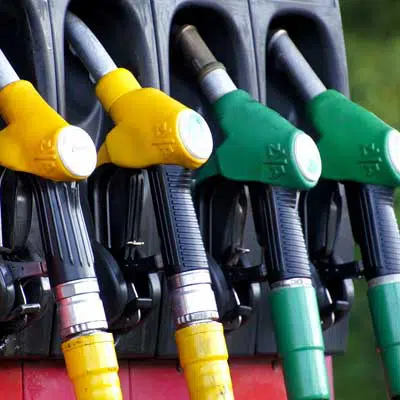Price inflation is rising at its fastest rate since the early 1980s, and that’s prompting dueling releases from both foes and advocates of card interchange, the fee merchants pay when consumers use credit and debit cards.
Merchant groups have long inveighed against interchange—also referred to as “swipe fees”—as a cost burden for sellers that accept cards, but 8% inflation has handed them a fresh argument. The Merchants Payments Coalition on Wednesday issued a release contending that interchange fees “drive up prices [merchants] charge consumers,” exacerbating the impact of inflation. Interchange, the Washington, D.C.-based group argues, represents merchants’ second-highest operating expense, after labor.
All told, swipe fees on purchases made with credit and debit cards last year totaled $137.8 billion in the United States, up 25% in one year, according to the MPC.

in swipe fees, according to NACS.
As examples of the upward price pressure interchange can exert, the MPC cites gasoline and airfare, two everyday markets that have undergone pronounced price inflation over the past year. The group says gas stations pay about a dime per gallon in swipe fees, citing data from the National Association of Convenience Stores, “adding a dollar to every 10-gallon fill-up.” For airline passengers, meanwhile, interchange is adding nearly $10 per ticket, the MPC estimates.
But in its own release, also issued Wednesday, a group representing card-issuing banks and card networks contends inflation has hurt issuers by leaving fewer of them exempt from the Durbin Amendment’s cap on debit card interchange. The 2011 amendment to the Dodd-Frank Act specified a limit of 0.05% plus 21 cents on each transaction but exempted issuers under $10 billion in assets. With inflation pushing up asset values for banks, fewer institutions are exempt, according to the Electronic Payments Coalition, since the cap is “largely unadjusted for inflation…push[ing] these caps further from the levels regulators originally intended.”
This has crimped the resources small financial institutions rely on to offer banking services, including card rewards and data security, says the EPC, also based in Washington, D.C.
To illustrate its point, the group points to an inflationary impact that has reduced the Durbin asset threshold to $7.7 billion in 2011 dollars. The cap itself is now 16 cents in 2011 terms, the EPC says, not 21 cents. The EPC pegs the U.S. inflation rate at 8.6% in May and cites a Cleveland Fed estimate of 8.7% for June, heights not scaled since 1981.
As for credit card rates, the EPC argues there has been little change. The average U.S. interchange rate “held steady” at 1.7% until 2016, when it stepped up to 1.8%, the group says, citing data from Verisk Analytics Inc. Similarly, the average merchant discount rate—the fee merchants pay—has changed very little since 2014, the EPC says, again citing Verisk.
Card acquirers pay interchange and then pass the fee on to merchants with a markup. That merchant fee is designated as the merchant discount rate.





